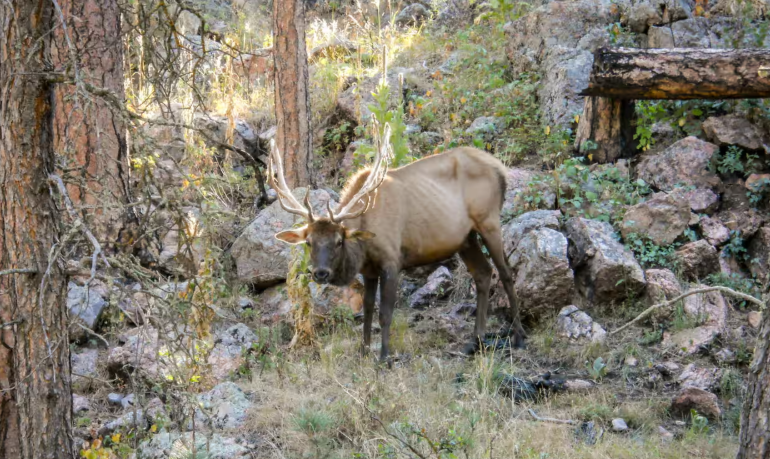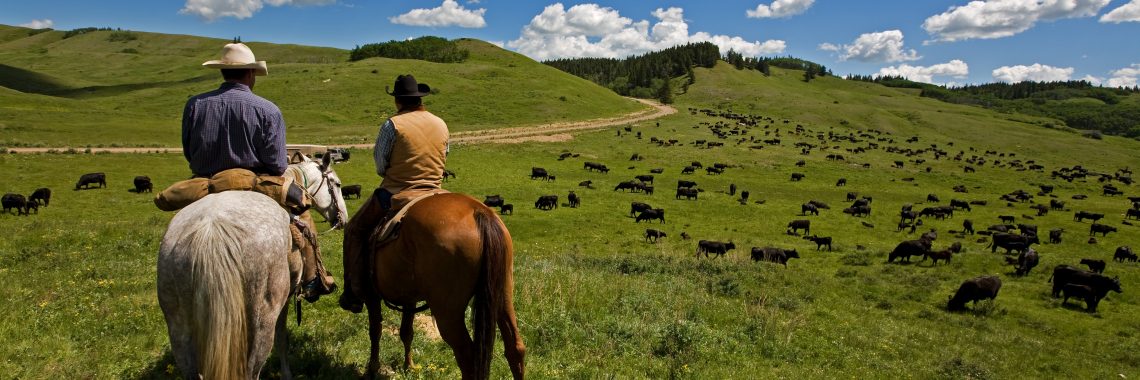The Growing Threat of Chronic Wasting Disease in North America

A fatal and highly contagious disease affecting deer, elk, and moose is rapidly spreading across the United States, raising concerns among scientists and conservationists, the Guardian reports.
Chronic Wasting Disease (CWD) has now been reported in 36 US states, as well as Canada, South Korea, and parts of Scandinavia. While there has been no confirmed case of transmission to humans, experts warn that the risk is increasing.
CWD is a neurodegenerative disorder that affects members of the cervid family, which includes deer, elk, moose, and reindeer. It is caused by prions—abnormal infectious proteins that can persist in the environment for years. The disease leads to severe neurological symptoms such as weight loss, disorientation, excessive drooling, and a vacant stare. Once infected, animals inevitably succumb to the disease, as there is no vaccine or cure.
The disease was first detected in wild deer in Colorado and Wyoming in 1981. Since then, its spread has been described by scientists as a “slow-motion disaster.” Despite efforts to contain it, CWD has now reached wild and domestic game populations across North America and beyond.
Scientists have drawn comparisons between CWD and Bovine Spongiform Encephalopathy (BSE), commonly known as “mad cow disease,” which infected humans through contaminated beef and led to fatal neurological disorders. While no human cases of CWD have been confirmed, experts caution that long incubation periods could delay detection.
Michael Osterholm, an epidemiologist at the University of Minnesota, has warned that spillover to humans could trigger a national and global crisis, affecting public health, food security, and international trade. A 2025 report titled Chronic Wasting Disease Spillover Preparedness and Response: Charting an Uncertain Future, compiled by a panel of 67 experts, concluded that the US is unprepared to handle such an event.
According to the Centers for Disease Control and Prevention (CDC), millions of Americans hunt or consume venison and elk meat each year, potentially increasing exposure to infected animals. The agency advises hunters to test deer and elk harvested from infected areas and to avoid consuming meat from animals that test positive. However, compliance with these recommendations remains inconsistent.
The spread of CWD is further complicated by human activities, including the transportation of infected animal carcasses across state lines. Prions from these carcasses can contaminate soil and water, creating long-term environmental reservoirs for the disease.
Conservationists have criticized certain wildlife management policies, particularly in states like Wyoming, where artificial feeding of deer and elk in concentrated areas may accelerate transmission. Despite warnings from scientists and conservation groups, Wyoming has continued operating feedgrounds where thousands of cervids congregate during winter.
Some experts advocate for allowing natural predators, such as wolves and mountain lions, to help control the spread of CWD by removing sick animals from the population. However, predator control policies in several states have reduced carnivore populations, potentially exacerbating the problem.
As CWD continues to spread, scientists stress the importance of proactive measures, including improved disease surveillance, restrictions on artificial feeding, and stricter regulations on the transportation of carcasses. Without intervention, the disease could threaten not only wildlife populations but also the traditions of hunting and game consumption in North America.
While often referred to in the media as “zombie deer disease,” experts argue that this term trivializes a serious public health and conservation crisis.
“This is not science fiction,” says Osterholm. “It’s a slow-moving but very real threat that we need to take seriously before it’s too late.”









The latest news in your social feeds
Subscribe to our social media platforms to stay tuned